Three American women dancers--Loie Fuller, Isadora Duncan, and Ruth St. Denis--radically transformed dance as a creative form, breaking the ground that led to the development of American modern dance.

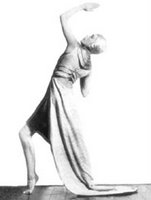

(Above: Loie Fuller, Ruth St. Denis, Isadora Duncan)
Loie Fuller and Ruth St. Denis emerged from vaudeville traditions, and Fuller, like Josephine Baker later, starred in the Folies Bergere where she was famous for her "serpentine dance" and "fire dance".
In the conventional story of the development of modern dance Baker is often not mention in the conventional story about the development of modern dance.
One reason for this is that dance history is often overly categorized and thus different strands that are important to each other are separated from each other: classical, concert, popular, ballroom, swing, jazz, folk, burlesque. Modern dance, like the other arts in the early twentieth century, drew from all of these sources and more, such as attempts to reimagine the dances of ancient Greece, folk dances of Eastern Europe, and dance from cultures around the world including Persia, Egypt, not to mention African and the Caribbean dances which were already at the core of popular American dance.
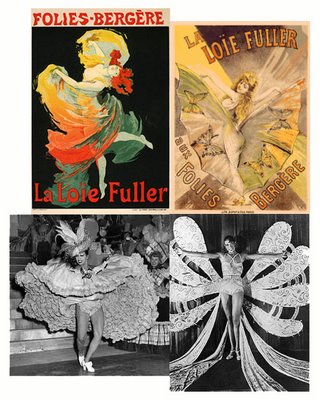 Baker -- like Fuller -- was most famous for her roles in burlesque forms of dancing. Baker was particularly constrained by the roles and even choreography that was created for her. She routinely "forgot" the steps and substituted her own choreography--which was a more accurate representation of African American dance styles as opposed to the French fantasies developed for audiences possessed by fantasy stereotypes of the erotic African woman: the primitive. She may not have been able to escape the stereotypes she was required to perform, but within those constraints she is considered an artist who was extraordinarily innovative -- and unquestionably skilled.
Baker -- like Fuller -- was most famous for her roles in burlesque forms of dancing. Baker was particularly constrained by the roles and even choreography that was created for her. She routinely "forgot" the steps and substituted her own choreography--which was a more accurate representation of African American dance styles as opposed to the French fantasies developed for audiences possessed by fantasy stereotypes of the erotic African woman: the primitive. She may not have been able to escape the stereotypes she was required to perform, but within those constraints she is considered an artist who was extraordinarily innovative -- and unquestionably skilled.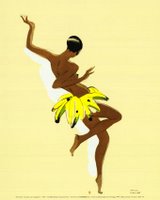
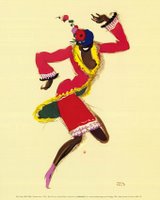
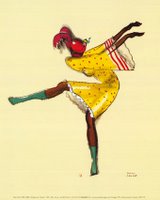
(artwork by paul collins)
Twentieth century concert dance is concerned with reworking of dance traditions and Baker was a key figure in the process that led to the understanding of African diaspora dance as an art form to be taken as seriously as ballet. Josephine Baker is important to the development modern concert dance not in spite of her being a popular entertainer but because of her extraordinary innovations as a popular dancer.
Note: I know that Baker is not the first, the last, or the only person who has been left out of the mainstream story of dance. Dance emerges from so many different places and, along with music, it spreads so quickly through the wider culture. I encourage you to suggest more.
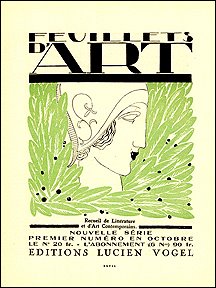
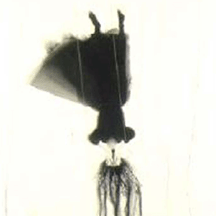

1 comment:
you know, i don't know if it's true, but i've read that duncan credited having seen prints with women in kimono for having contributed to her freeing up of clothing and dancing.
it's a bit of mystification of japanese culture if she did, but it's interesting nonetheless.
Post a Comment